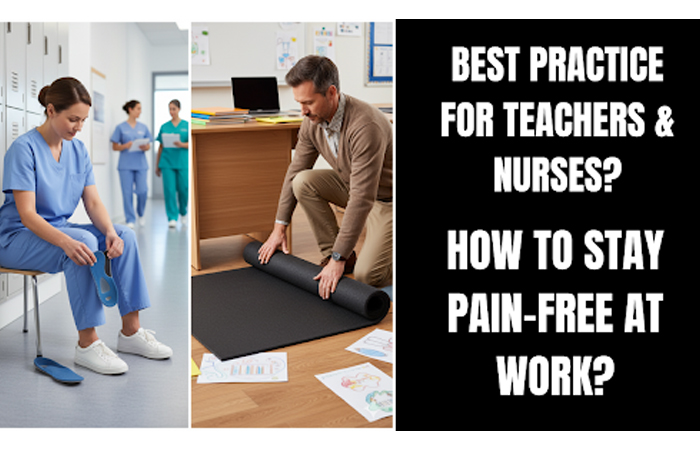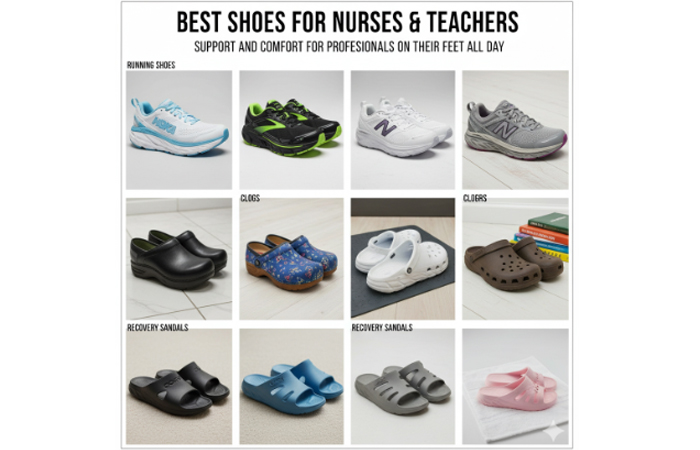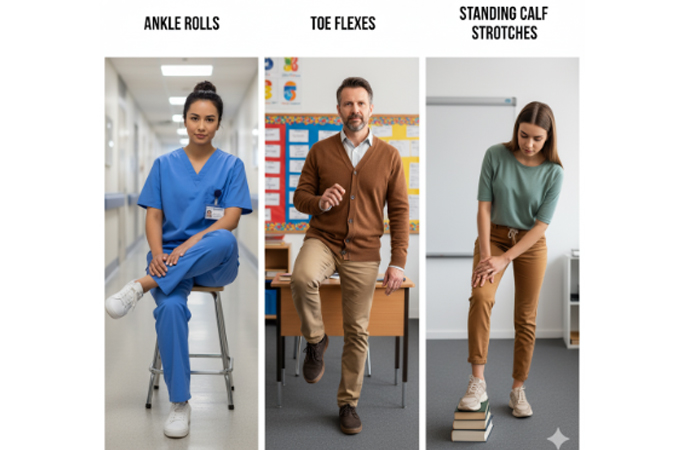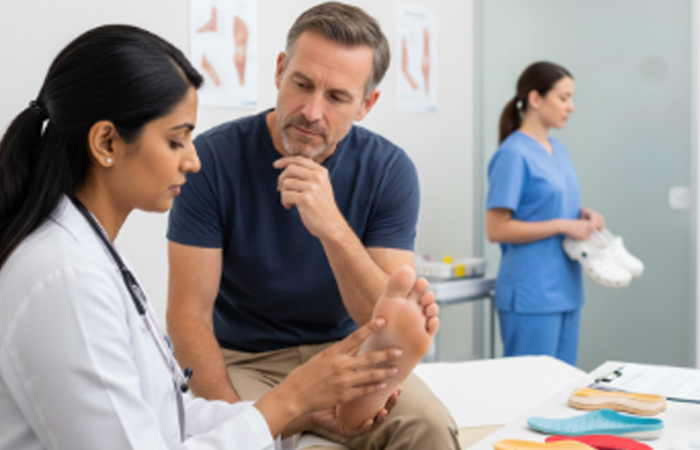

Standing and walking all day are part of the job for teachers and nurses, but foot pain doesn’t have to be. In 2025, innovations in footwear, self-care, and workplace wellness offer new solutions—yet daily habits and strategic choices remain the foundation for healthy, pain-free feet. Here’s an expert-backed guide to help educators and healthcare workers prevent discomfort, avoid injuries, and embrace the latest trends for long-term wellbeing.
Teachers and nurses often log 9,000+ steps per shift and spend hours on hard surfaces like concrete or tile. Common issues include:

Recommended Brands: Hoka, Brooks, Skechers Go Walk, Dansko, Asics, Clove, OOFOS, Vionic, Naturalizer for style-compliant workplaces.



Consult a podiatrist or physical therapist if you experience:
Early intervention ensures faster recovery and can prevent the need for extensive time off work.

Replace every 6–12 months (or 500–700 hours of use) depending on visible wear and comfort changes.
Are custom orthotics worth it for nurses/teachers?Yes—especially for those with persistent pain, high/low arches, or previous injuries.
Can I wear athletic shoes with professional attire?Many brands now produce professional, supportive shoes compliant with strict workplace dress codes.
Teachers and nurses are pillars of our communities—keeping their feet healthy and pain-free ensures a more energetic, focused, and joyful work life. By choosing supportive shoes, rotating footwear, using orthotics, incorporating daily movement/stretching, and taking advantage of workplace innovations, professionals can stand tall through every challenge.
Pain prevention starts with good habits. In 2025, with exciting new products and smarter workplace wellness, there’s no reason for staff to settle for sore, tired feet.